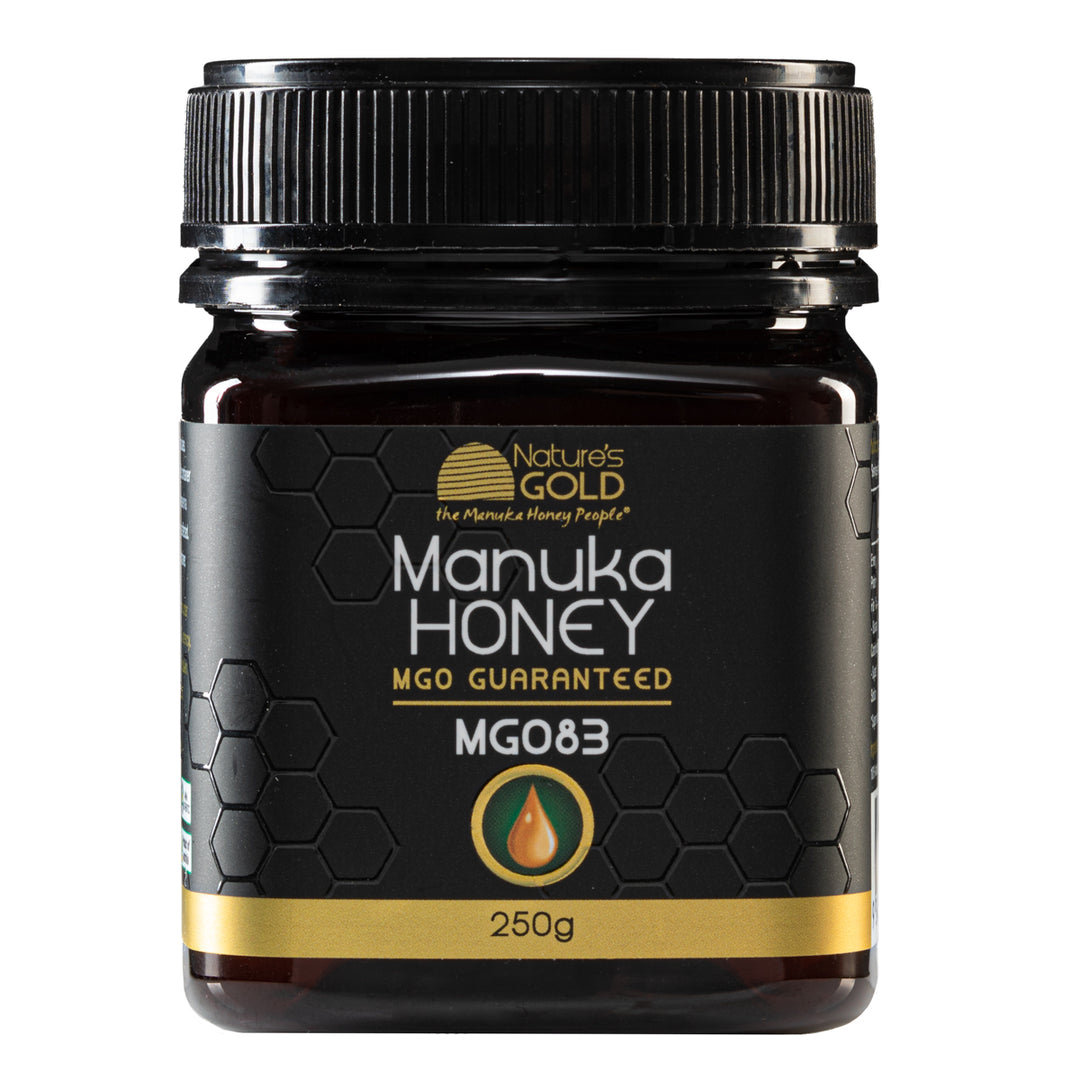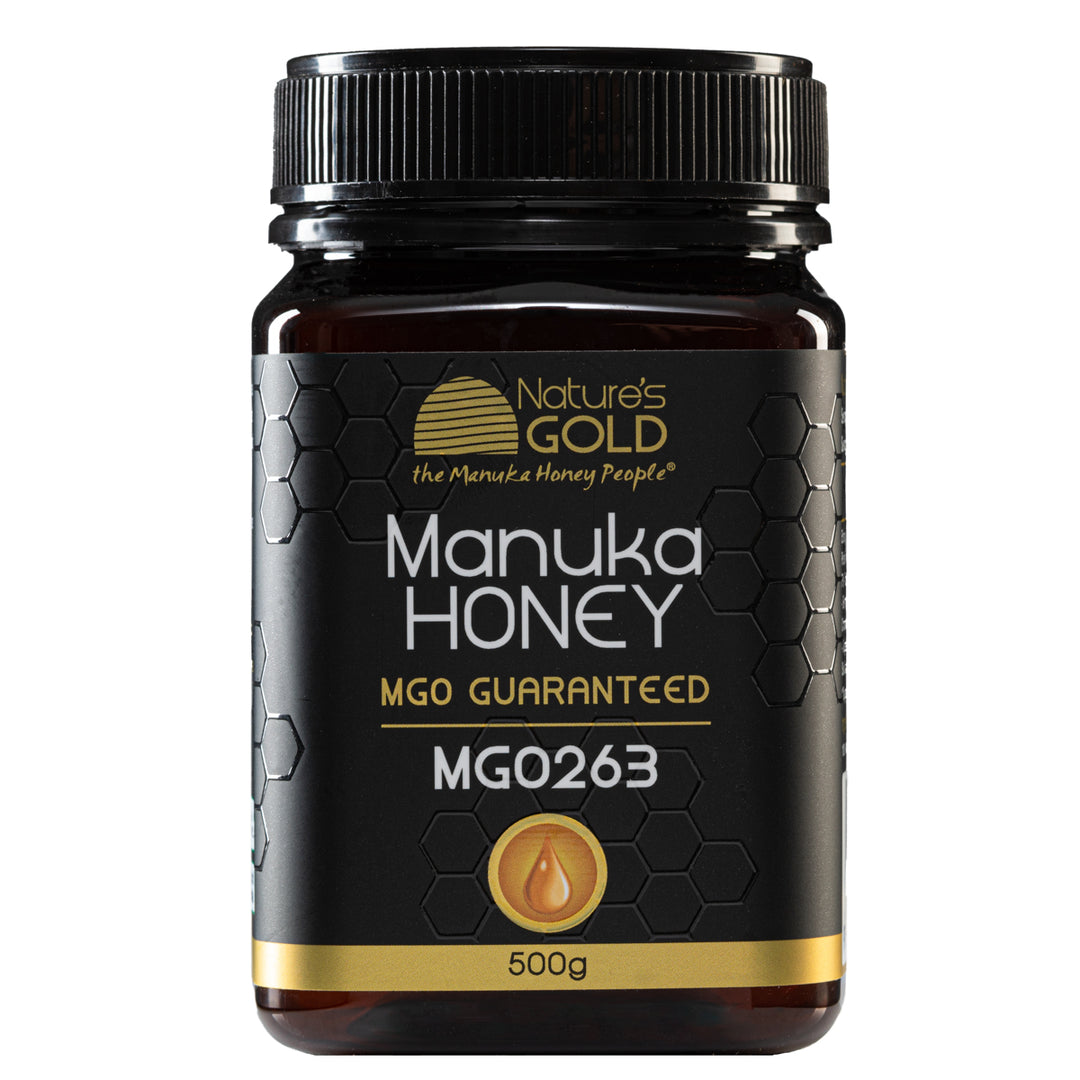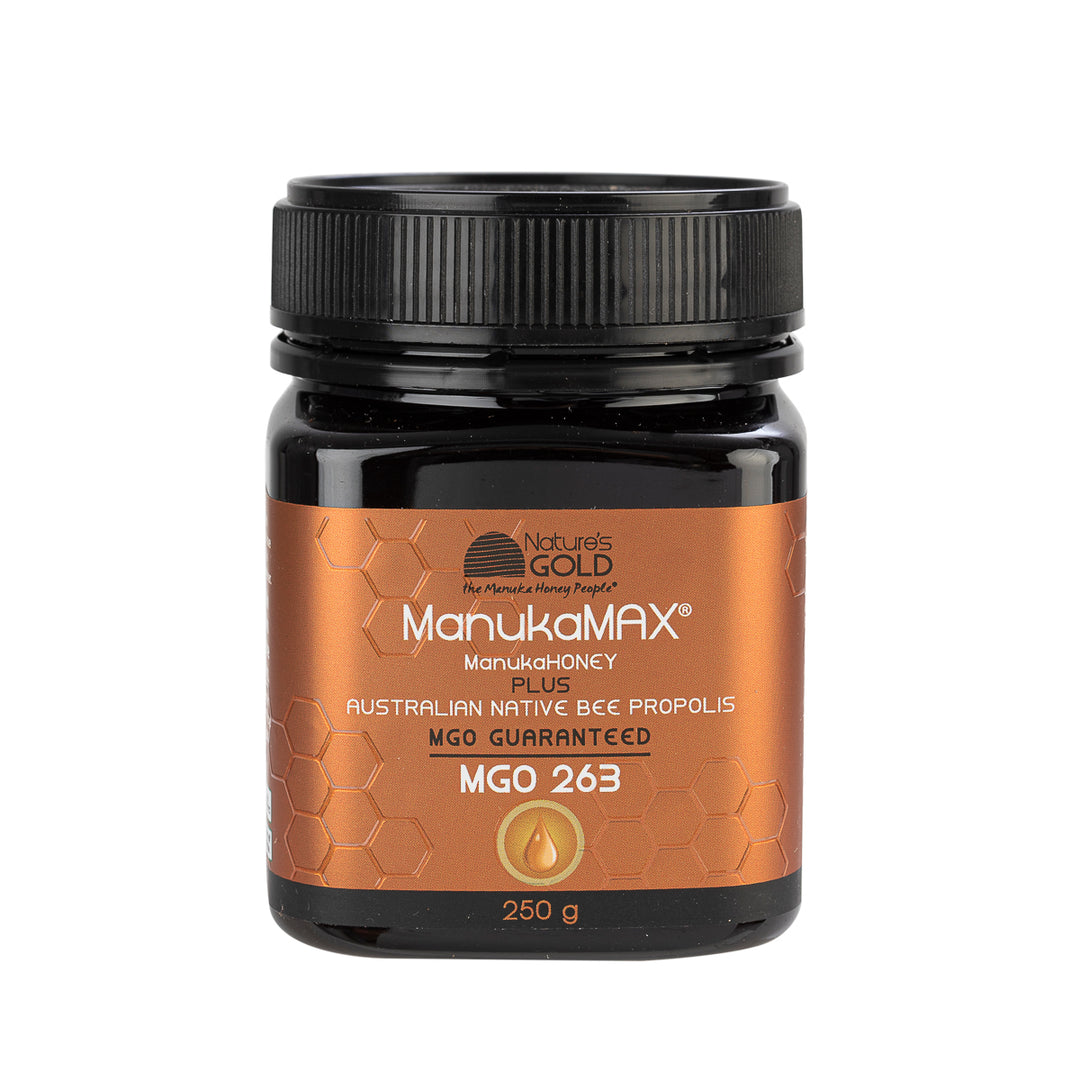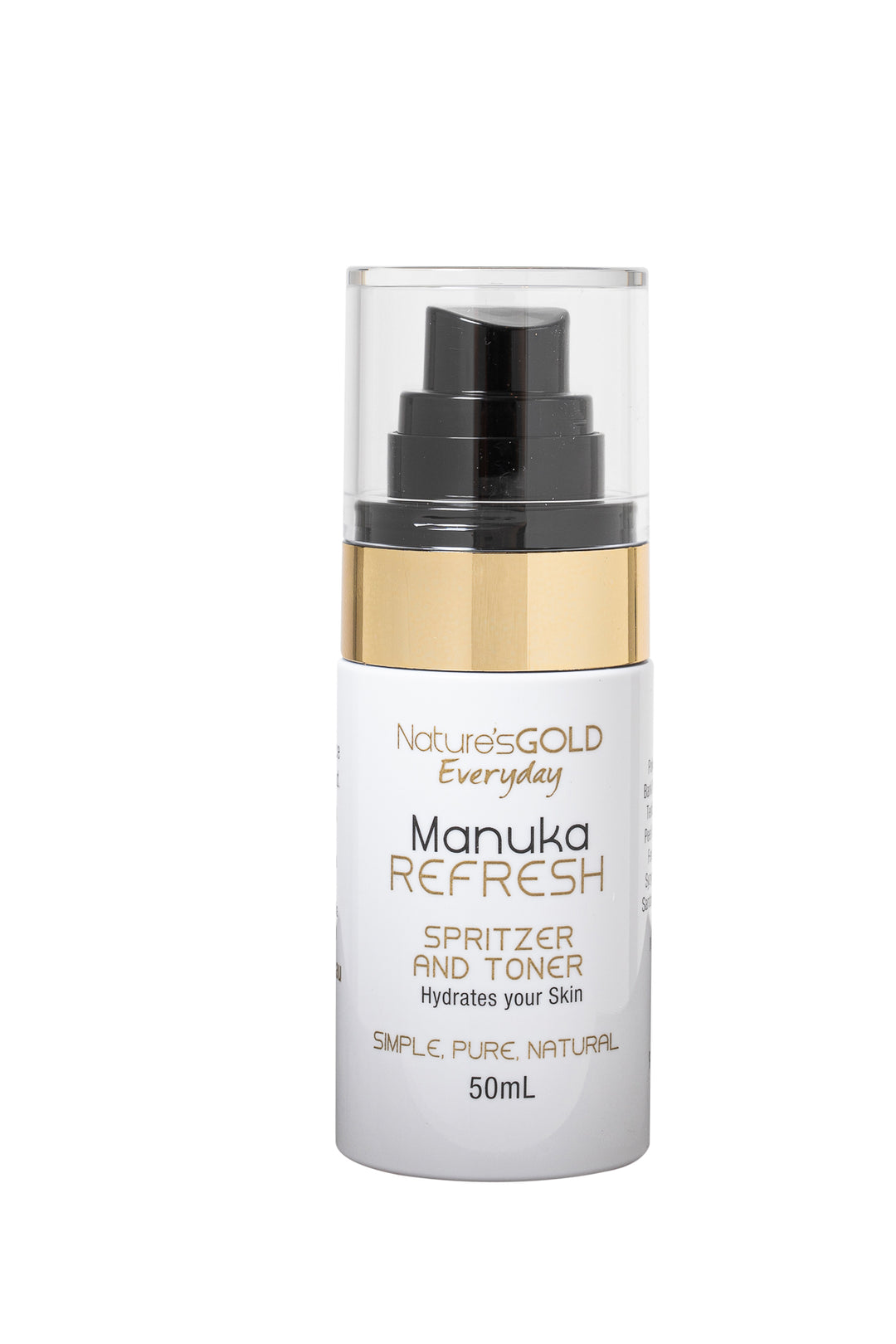Honey is one of nature's most delightful treasures, crafted with precision and dedication by the tiny yet mighty honeybee. The process of making honey is a remarkable example of teamwork and efficiency within a bee colony. Let's explore the journey from flower to honey jar, step by step.
- The Foraging Expedition
The journey begins with the forager bees, often the older worker bees, who venture out of the hive in search of nectar-rich flowers. Bees are equipped with excellent vision, enabling them to spot flowers even from a distance. They use their proboscis, a long, tube-like tongue, to extract nectar from the flowers. This nectar is then stored in their "honey stomach," a special part of their digestive system dedicated to nectar transport.
- Nectar Collection
As the forager bees visit flowers, they not only collect nectar but also pollinate plants. Pollen sticks to their bodies and is transferred from one flower to another, aiding in plant reproduction. Once their honey stomach is full, they return to the hive to hand off the nectar to the house bees.
- Transfer and Processing
Back at the hive, the forager bees regurgitate the nectar into the mouths of the house bees. This might sound unappetizing, but it’s a crucial step. House bees then chew the nectar, mixing it with enzymes that transform the complex sugars in the nectar into simpler sugars. This enzymatic action begins the transformation of nectar into honey.
- Evaporation
The nectar, still quite watery, needs to be dehydrated to become honey. House bees spread the nectar droplets across the honeycomb cells, increasing the surface area for evaporation. To speed up the process, they fan their wings, creating a draft that helps to evaporate water from the nectar. This process can reduce the water content from about 70% to around 20%.
- Capping the Cells
Once the nectar has thickened into honey, the bees seal the honey-filled cells with a wax cap. Beeswax is produced by glands on the underside of the bee's abdomen. These caps protect the honey from air and moisture, keeping it fresh and preventing fermentation.
- Storing the Honey
The capped honey cells serve as the colony's food reserve, especially crucial during winter when foraging is not possible. Honey provides a rich source of energy, essential for the survival of the hive during colder months.
- Harvesting by Beekeepers
When beekeepers harvest honey, they carefully remove the frames from the hive. Using a hot knife, they uncap the wax seals and place the frames in a honey extractor, a centrifuge that spins the frames to extract the honey without damaging the comb. The extracted honey is then filtered to remove any remaining wax particles before it is bottled and ready for consumption.
The production of honey is a testament to the extraordinary cooperation and specialization within a bee colony. Each bee plays a specific role, from foraging to processing, evaporating, and storing. This intricate process not only provides bees with a vital food source but also offers humans a delicious and natural sweetener.
So, the next time you have your honey, take a moment to appreciate the incredible journey it has undergone—from the diligent foraging of nectar to the careful capping of the cells, and finally, to you!
You can find Australia's most delicious and beneficial Manuka honey here.











Leave a comment